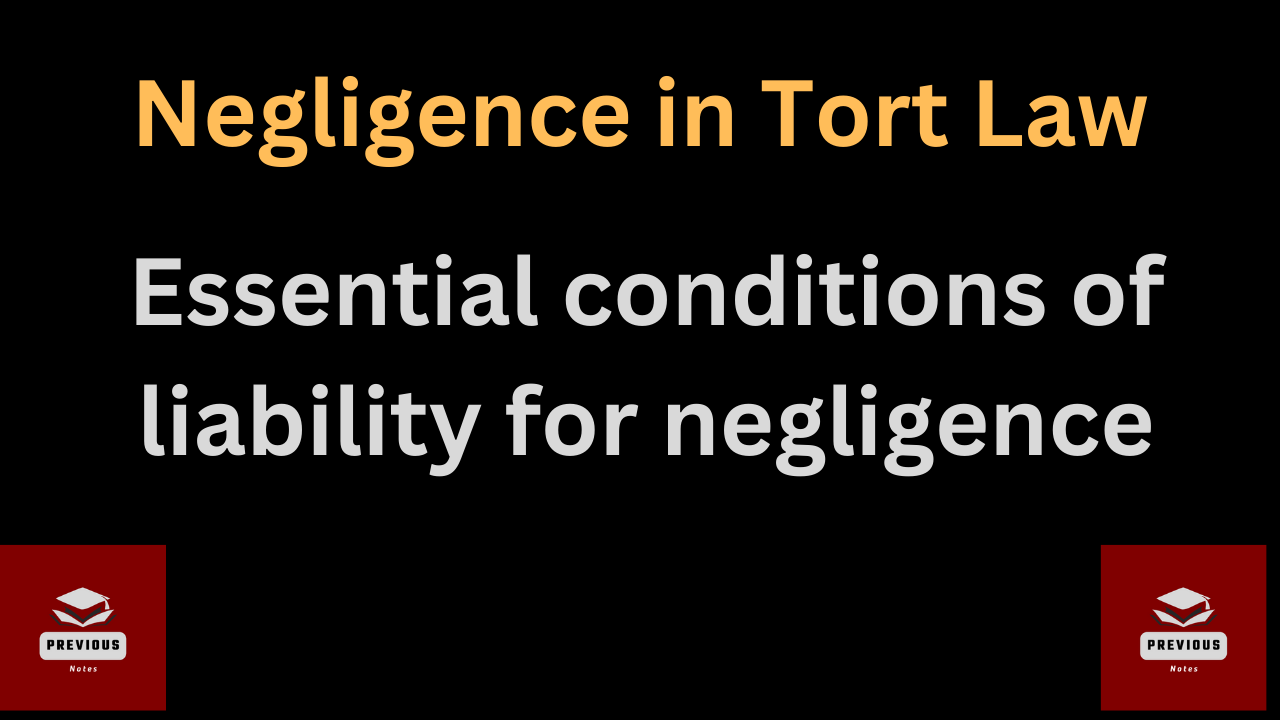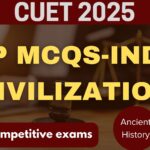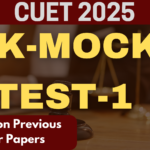Negligence in Torts
Definition of Negligence
- Negligence is a breach of a legal duty to take care, resulting in damage undesired by the defendant to the plaintiff.
- Negligence is careless or unreasonable conduct.
- ‘he breach of a legal duty to take care which results in damage, undesired by the defendant to the plaintiff.”
Essential conditions of liability for negligence
Negligence is a legal concept primarily used in tort law to describe a failure to exercise the care that a reasonably prudent person would exercise in similar circumstances. It involves actions or omissions that fall below a legally recognized standard of care, resulting in harm to another person. The definition of negligence can be broken down into several key components:
Duty of Care
The defendant must owe a duty of care to the plaintiff. This duty arises when the law recognizes a relationship between the defendant and the plaintiff, obligating the defendant to act in a certain manner toward the plaintiff.
Breach of Duty
The defendant must breach this duty by failing to conform to the required standard of care. This means that the defendant’s actions or omissions must fall short of what a reasonable person would do in similar circumstances.
Causation:
The defendant’s breach of duty must be the cause of the plaintiff’s harm. This includes both factual causation (the harm would not have occurred but for the defendant’s actions) and proximate causation (the harm was a foreseeable result of the defendant’s actions).
Damages
The plaintiff must suffer actual harm or injury as a result of the defendant’s breach of duty. This harm can be physical, emotional, or financial.
Conclusion:
In summary, negligence is a breach of a legal duty to take care, resulting in damage undesired by the defendant to the plaintiff. For a successful claim of negligence, all these elements must be proven by the plaintiff.
Important Case Laws on Negligence:
Donoghue v Stevenson (1932):
- Court: House of Lords (UK)
- Significance: This case established the modern concept of negligence, specifically the “neighbor principle,” which means that one must take reasonable care to avoid acts or omissions that could foreseeably injure their “neighbor” — anyone who might be affected by their actions.
- Summary: Mrs. Donoghue consumed ginger beer that contained a decomposed snail, causing her illness. She sued the manufacturer, Mr. Stevenson, despite no direct contract with him. The court held that manufacturers owe a duty of care to the ultimate consumers.
Caparo Industries plc v Dickman (1990):
- Court: House of Lords (UK)
- Significance: This case refined the test for establishing a duty of care in negligence, introducing a three-part test: foreseeability of damage, a proximate relationship between the parties, and whether it is fair, just, and reasonable to impose a duty of care.
- Summary: Caparo purchased shares based on audited accounts that incorrectly stated the company’s financial health. The court held that the auditors did not owe a duty of care to individual investors who relied on the accounts for personal investments.
Palsgraf v. Long Island Railroad Co. (1928):
- Court: New York Court of Appeals (USA)
- Significance: This case highlighted the concept of proximate cause in negligence law, determining that a defendant owes a duty of care only to those who are foreseeably at risk from their actions.
- Summary: Helen Palsgraf was injured at a train station due to the fall of a package that caused an explosion. The court ruled that the railroad was not liable because the harm was not a foreseeable result of the railroad’s employees’ actions.
Bolam v. Friern Hospital Management Committee (1957):
- Court: Queen’s Bench (UK)
- Significance: This case established the “Bolam test” for professional negligence, which states that a professional is not negligent if they acted in accordance with a practice accepted as proper by a responsible body of professionals in that field.
- Summary: Mr. Bolam underwent electroconvulsive therapy without being restrained or given muscle relaxants, resulting in injury. The court held that the hospital was not negligent as it followed accepted medical practice.
Rylands v. Fletcher (1868):
- Court: House of Lords (UK)
- Significance: Although primarily a case on strict liability, it is often discussed in the context of negligence. It established that a person who uses their land in a non-natural way that causes harm to others is liable, even if they were not negligent.
- Summary: Fletcher’s mine was flooded due to water escaping from Rylands’ reservoir. The court held Rylands strictly liable for the damage caused by the escape of water from his land.
You May Also Like:
Indian Penal Code MCQs Quiz: Section 1 to 5
Indian Panel Code MCQs Quiz on Section 511 and Attempt
IPC MCQs Quiz on Sec. 76 and Sec. 79 | Quiz on Mistake
Practice IPC MCQs online for free (Section 78)
Practice IPC MCQs Quiz for free | Section 81 MCQs | Necessity
Practice IPC MCQs online for free : Infancy (section 82-83)
Practice IPC MCQs Quiz for free | Section 81 MCQs | Necessity
Practice IPC MCQs Quiz for free | Section 84 MCQs | Insanity
Practice IPC MCQs Quiz for free | IPC Section 85 MCQs | Intoxication
Difference between tort and crime | Previous Notes
DOMESTIC VIOLENCE AS TORT | APPLICATION OF TORT LAW
Economic Tort | Business Tort: Application of Tort Law
Difference between intention and motive | In Tabular Format
Bolam Test | Bolam V. Friern Hospital Committee | Medical Negligence
Jacob Mathew V. State of Punjab Case Law | Medical Negligence
Medical Negligence in tort | Case Laws
Contributory Negligence | Law of Tort | Case Laws
Specific Principles of Criminal Law | LLM Previous Year Paper 2024 | CCSU
Specific Torts | LLM 4th Semester Previous Year Paper 2024 | CCSU
History and Basic Principles of Criminal Law | Previous Paper 2023
LLM Previous Year Paper 2023 | PRIVILEGED CLASS DEVIANCE
PENOLOGY PREVIOUS YEAR PAPER | LLM | CCSU
LLB Previous Year Paper 2023 | Constitutional Law II | CCSU
LLB Previous Year Paper 2023 | Legal and Constitutional History | CCSU
LLB Previous Year Paper 2023 | Jurisprudence II | CCSU
LLB Hindu Law Previous Year Paper 2023 | CCSU
LLB Hindu Law Previous Year Paper 2024| CCSU
Euthanasia in India, Right to die with Dignity
Right to Privacy Case Law Mr. X vs. Hospital Z
Federal Constitution Definition and key points
University of Madras vs. Shantabai,1954: Article 12 Case Law
Article 20 Fundamental Right with Case Laws
Article 19 Fundamental Right of Indian Constitution with 10 Case Laws
Article 358, 359 Fundamental rights during emergency
Parliamentary Privileges and Fundamental Rights with Case Laws
Article 14 Fundamental Right with Case Laws
Article 15 Fundamental Right with Case Laws
Article 12 Fundamental Right with Case Laws
DOMESTIC VIOLENCE AS TORT | APPLICATION OF TORT LAW
Crimes without Mens Rea? Statute without Mens Rea.
Definition of crime by various jurists, Criminology
Methods of Studying Criminology
All about Capital Punishment with Case Laws
IMPOSSIBLE ATTEMPT | ATTEMPT VS IMPOSSIBLE ATTEMPT
Difference between Preparation and Attempt
Tests to Determine Attempt and preparation | With Case Laws
Difference between intention and motive | In Tabular Format
Forms of Judicial Process: Adversarial & Inquisitorial
Crimes without Mens Rea? Statute without Mens Rea.


















Leave a Reply